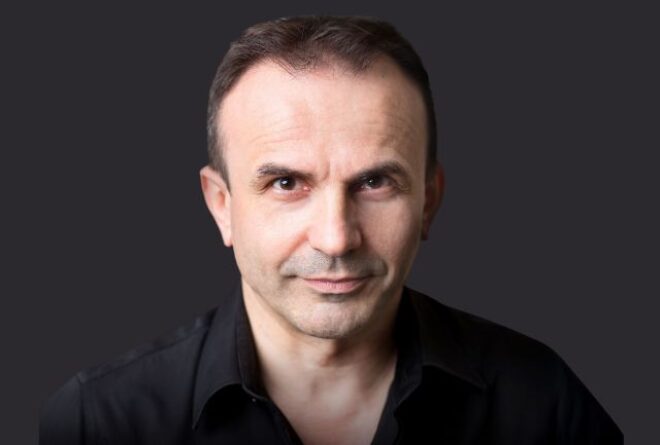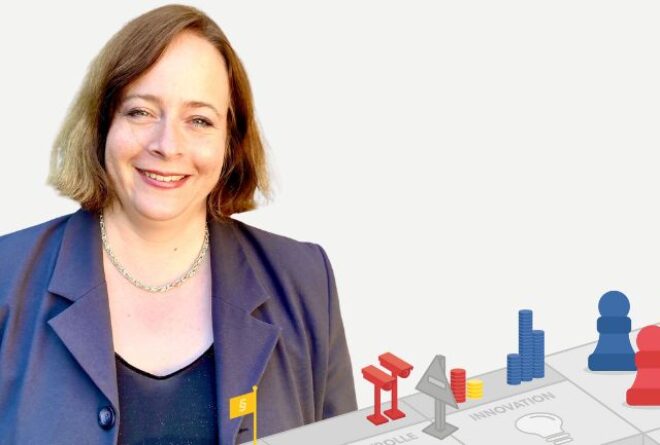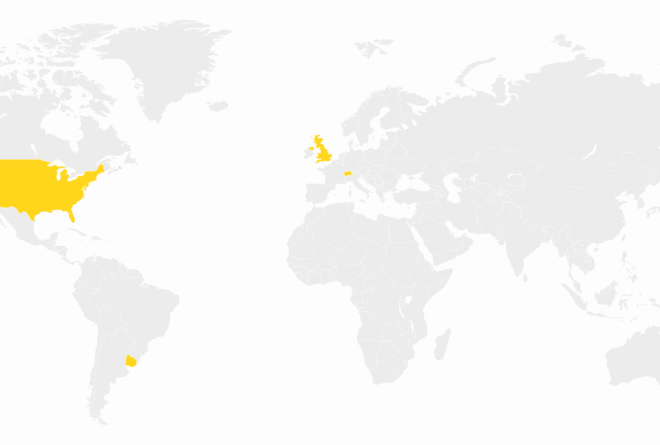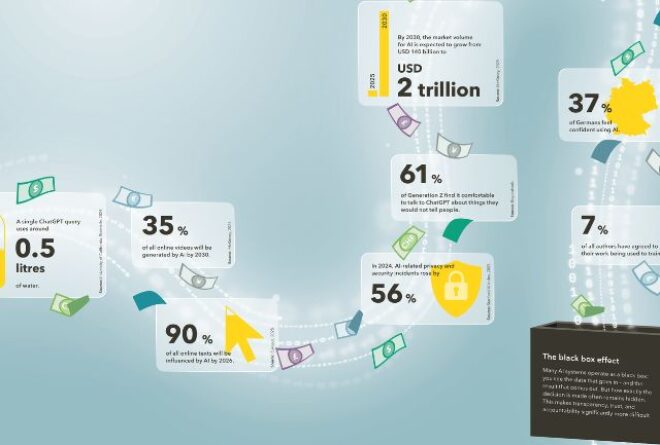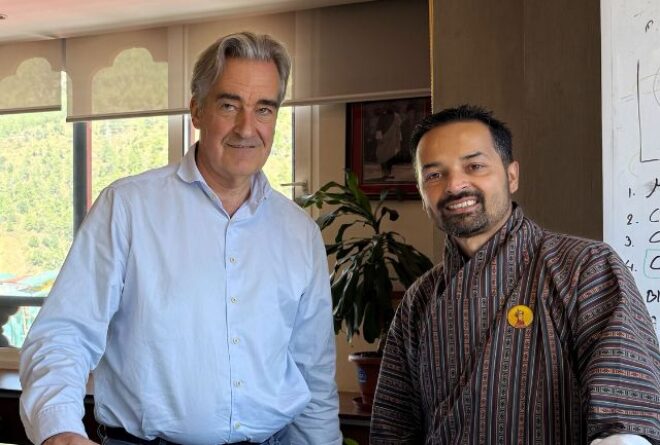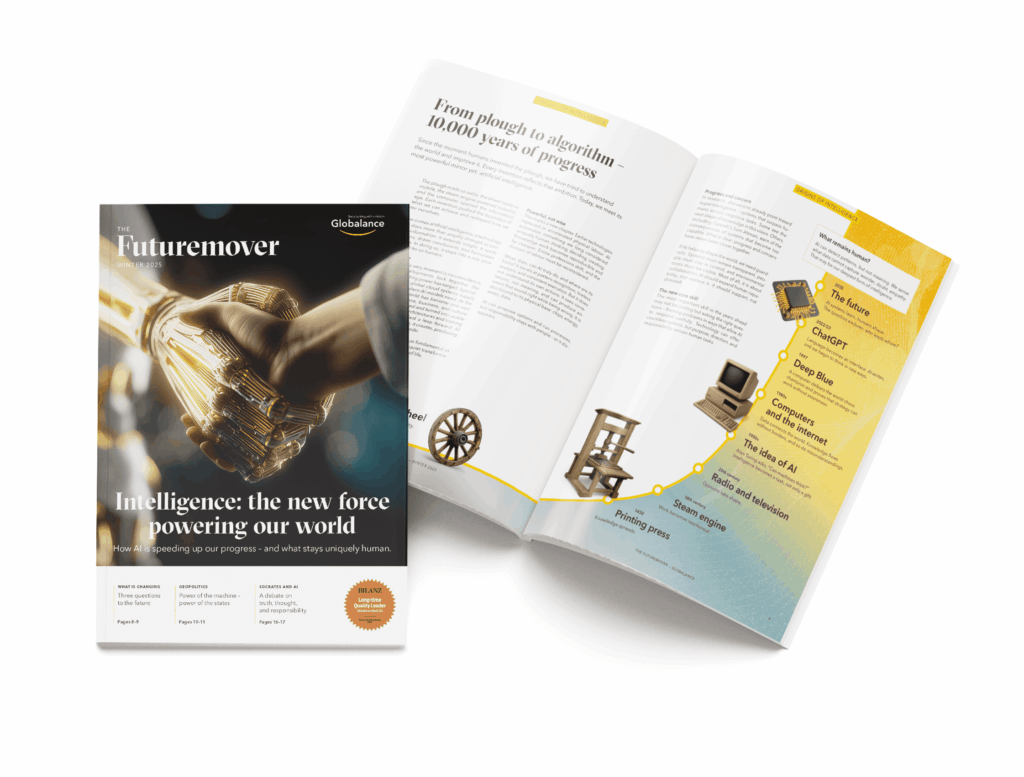News & Trends
Venice needs more courage, not more tourism
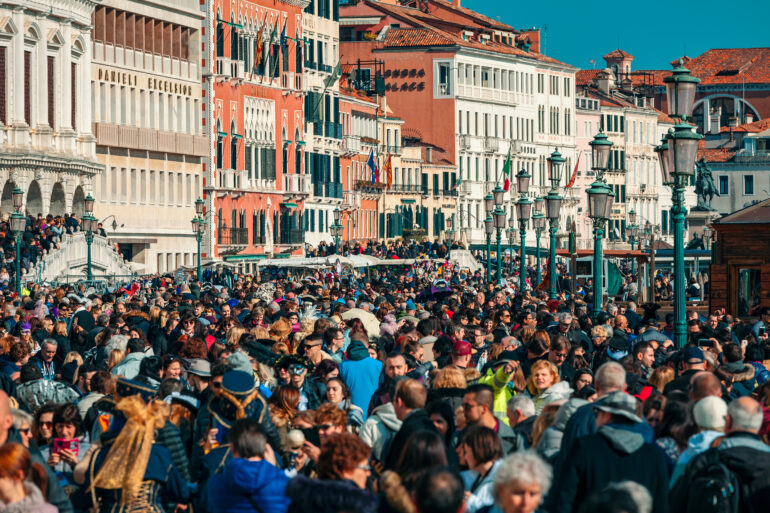
“Venice is overwhelmed,” says Cristina Gregorin. The founder of Slow Venice explains in an interview why a five-euro entry fee won’t solve anything, and what it will take to make the city livable for people again.
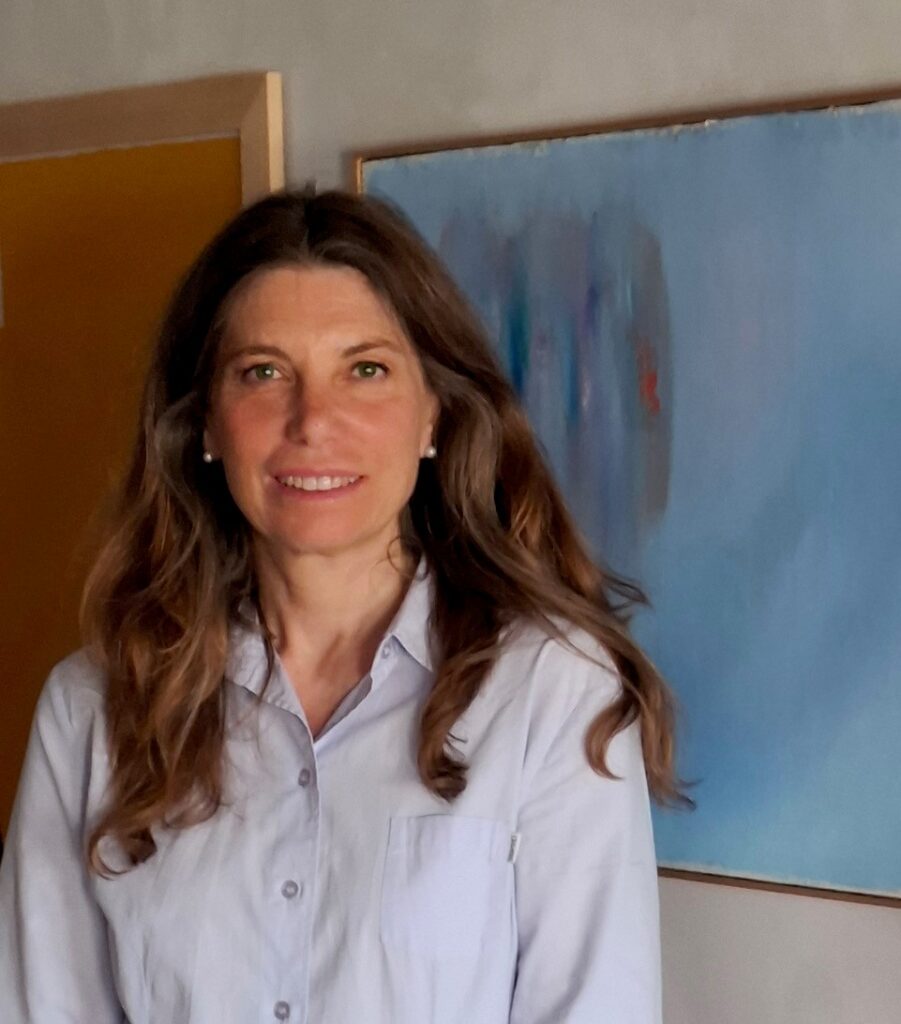
Cristina Gregorin
Cristina Gregorin holds a PhD in literature and is a certified city guide. For the past 35 years, she has been sharing the history, culture, and contemporary life of Venice. Through her project Slow Venice, she offers visitors a chance to discover the lagoon city beyond the usual tourist routes.
What does sustainable travel mean to you?
Sustainable travel is not just about being climate-conscious, but above all about being mindful and respectful. It means understanding a place rather than consuming it. It’s also about tuning into its rhythm — and taking responsibility instead of simply drifting along.
Can Venice still be saved?
It may already be too late for Venice. The city is completely overwhelmed. On peak days, up to 130,000 people flood into the historic center, far beyond the once-recommended limit of 20,000. Even on average days, visitor numbers remain over 70,000. The five-euro entry fee introduced a year ago hasn’t changed that. On the contrary: it reduces Venice to a theme park and deepens the divide between tourists and residents. Those who pay often feel entitled to do as they please. Many neighborhoods have lost their local population. Today, the old town feels like one endless open-air café.
I see more hope in smaller places, those that still have a chance to push back with clear rules and political courage.
What was the biggest mistake in recent years?
The lack of regulation of the platform economy. Airbnb has transformed entire neighborhoods, with no regard for the lives of local residents. At the same time, the city kept promoting mass tourism — without a plan, and without setting clear boundaries.
What is most urgently needed now?
Limits, participation, and real alternatives. The city government must find the courage to actively manage tourism, as other cities have already done. Barcelona, for example, strictly regulates Airbnb and cruise ships; Amsterdam has introduced caps on visitor numbers.
In Venice, we need binding rules, meaningful public involvement, and investment in the things that truly keep a city alive: education, healthcare, spaces for young people, and above all, jobs beyond tourism. Only then can Venice remain a livable city for its residents.
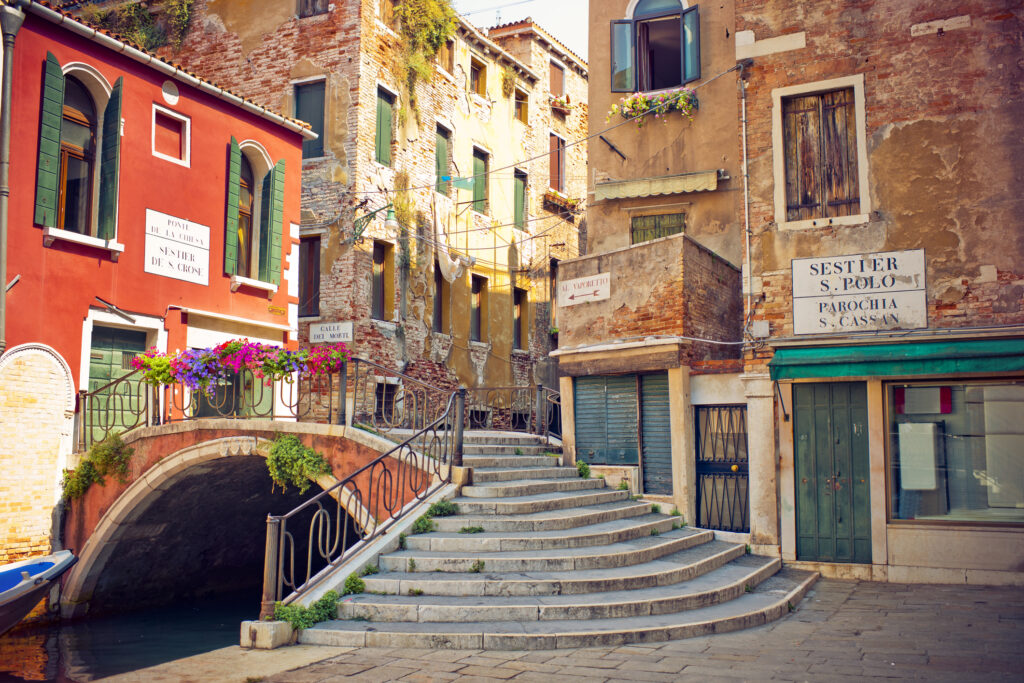
What sets Slow Venice apart from other tour operators?
I walk with small groups, taking hidden paths and sharing stories that create connection. When people sense how deeply I care about this place, it often shifts their own perspective. It’s not about consumption, it’s about relationships. And I deliberately avoid motorboats, because their waves damage the city’s foundations every single day.
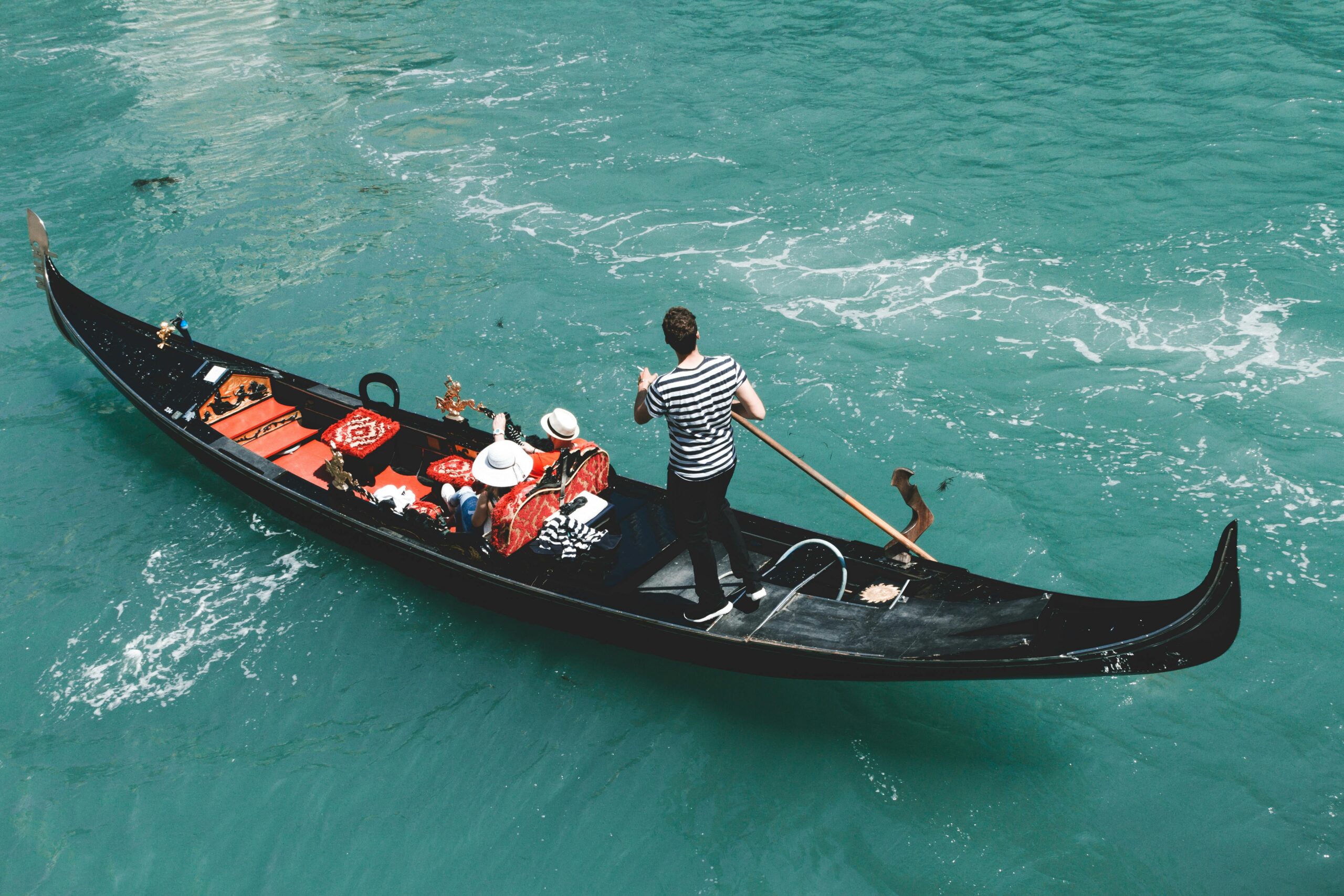
Facts & Figures
Venice welcomes around 30 million visitors each year, yet only about 50,000 people still live in its historic center.
Number of city guides:
1990: 1,200
2025: 6,000 (many of them without formal training)
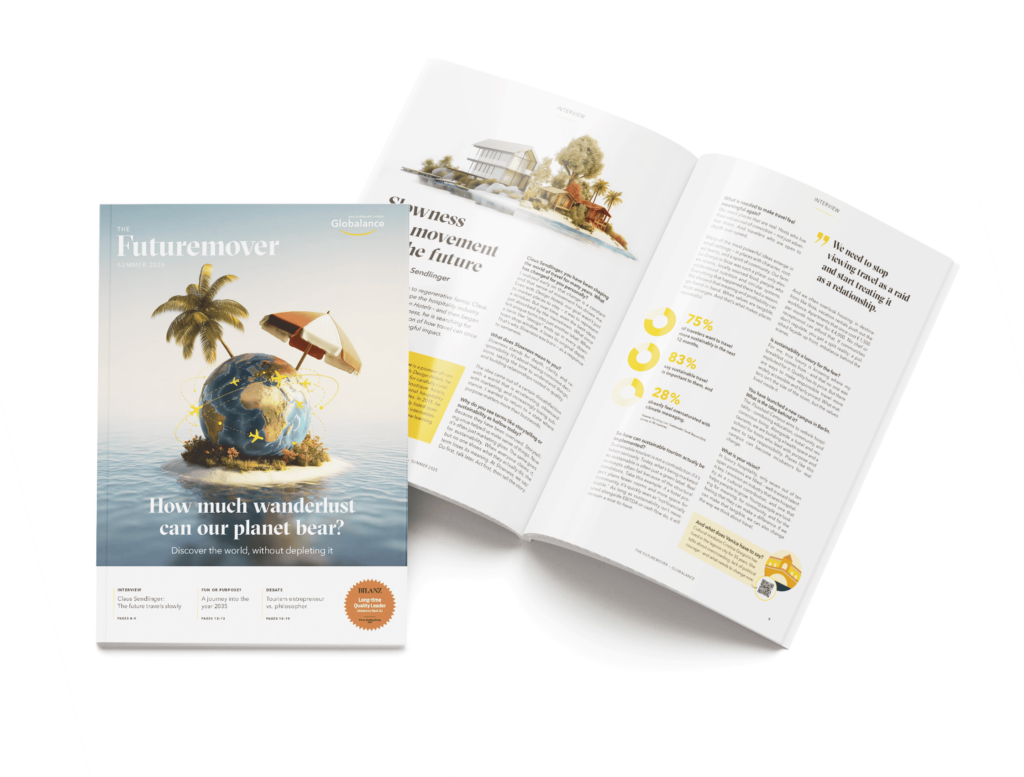
Discover the entire issue
Read more articles from our current issue: ‘How much wanderlust can our planet bear?’.
Be part of the solution and stay informed with the Futuremover.
Subscribe now and shape the future!
Magazin abonnieren EN
"*" indicates required fields
